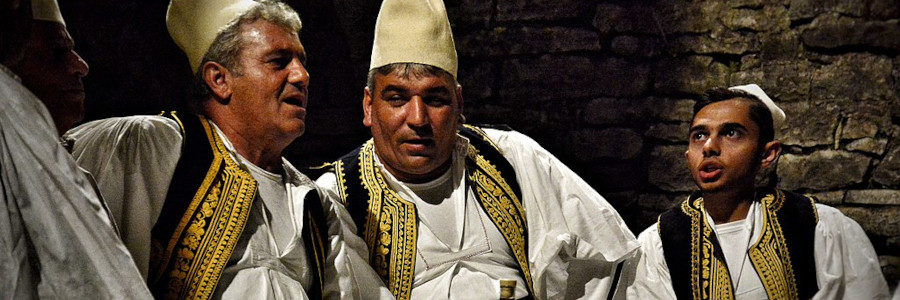Halloween, 1993
There is a truism in research that you find what you look for. The bias inherent in the question will always influence the answer, making the question the most essential part of the equation. I learned this lesson on Halloween back in 1993.
My family moved to Albania for a while during my Junior year of high school. I approached my time there with the enthusiasm of a sociology student. I was a bad student, one who had not yet learned to observe. I could see what was around me all right, but I was too busy categorizing everything to be able to understand anything.
The capital city of Triana was loud. Car horns, construction work, friends yelling to each other, and music. Western music. Tirana looked to the West and eventually joining the EU. Voice of America’s rock station VOA Europe blared from cafes and bars, and mix-tapes of Western rock was passed around with relish. It was all I heard.
After a month of living in Tirana, we took a bus to Vlorë for the weekend to see our friend Anila’s hometown. The trip is around 100 miles, but given the state of Albania’s roads at the time, it was a half-day’s drive. Much could be said about that drive, but the important part for tonight is that we ran out of gas.
Most of the passengers simply flagged down a passing vehicle and negotiated passage the rest of the way. With a group as large as ours, we opted to wait for the next bus. So, it was a dozen or so of us along the side of the road. For the first time since arriving in Albania, it was quiet.
It was also a beautiful night. A full moon shone orange and red on the fields, reflecting against hundreds of pill-box bunkers, the legacy of Albania’s paranoid ex-dictator. I was stranded on the side of the road in the imagined war-zone of a tortured mind. It was the perfect Halloween night.
When we finally got to Vlorë, Anila’s family welcomed us warmly. We spent the weekend in a city that looked to Albania even as the capital looked away. It was a community of food, friendship, and stories that predated Albania’s modern governments. The EU was as far away as the moon.
There was a wedding to prepare for, and in the living room, a dozen men were practicing polyphonic the polyphonic folk music of Albania. Older than that. The folk music of Illerya. That Halloween, I was introduced to a musical tradition with roots going back to the time of the Homeric epics. This was indeed a different Albania from Tirana.
I was wrong.
When I returned to Tirana, I found echos of that music all over the place. It was an undercurrent to the city. Some of the men of my own apartment block sang polyphony. With no way to categorize the music, I simply ignored it. I never asked the right question; the answers never made it into my research.
Tirana was just as loud as it had been before my weekend in Vlorë, but I heard a completely different soundscape. VOA Europe was still there, but the car-horns that had just been noise made more sense. Each horn was tuned differently. If you knew what to listen for, you could hear the sound of familiar Shepards calling across valleys. The horns mimicked the whistles of friends. Each group had its own call-response. It was a city that looked West, but it was made of traditions older than Europe, adapting to new technologies.
I think a lot about the lessons of that Halloween. We see what we look for, and it’s easy to see past what is there. I’m not one for spending much time thinking about what we owe the past, but it did make us. If nothing else, it informs how we form our questions, and therefore the answers we receive.
Happy Halloween.

One thought on “Halloween, 1993”